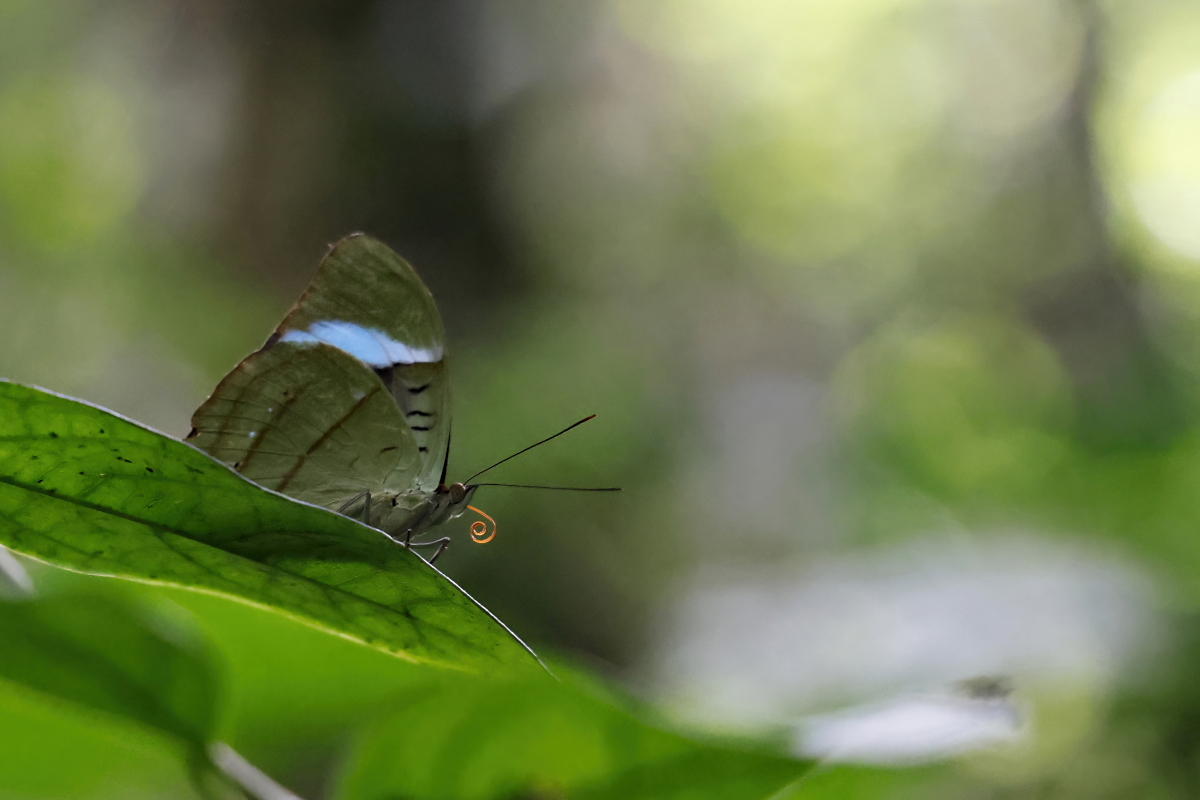Photo of the Month (May 2024 Edition): Amazonian niceties
The world’s largest rainforest hosts the world’s most extensive and voluminous river, which originates in the world’s longest mountain range, featuring some of the globe’s highest peaks. The Amazon is immense, and if it were a country, the Amazon River basin (>7.05 million km²) would be the seventh largest nation in the world, home to 400 peoples speaking 300 distinct languages. Biologically, it is estimated that 10% to 15% of all known species are found in the Amazon. This includes about 30 million animal species, most of which are yet to be cataloged, and 400 billion trees across roughly 16 thousand species.
It’s easy to be awestruck by the grandeur of the Amazon, and it’s no wonder that prominent photographers worldwide have dedicated part of their projects to it. From Swiss Emil Schulthess and Dutch Frans Lanting to Mexican Cristina Mittermeier and Brazilians Araquém Alcântara and Sebastião Salgado, it’s impossible to think of nature or conservation photography without focusing on the Amazon.
Notably, Salgado’s latest fieldwork was dedicated to the peoples and vast textures of the forest and its hydrological cycle. Schulthess, Lanting, and Mittermeier also focused on specific peoples and regions, while others delved into the biological and cultural diversity, such as Araquém Alcântara, who, in his 50-year career, has dedicated numerous books to this forest. Lalo de Almeida, a photojournalist awarded four times in the World Press Photo contest, twice with the Amazon, is also one of the forest’s photographic chroniclers, but with a focus on its destruction—no less colossal than its exuberance.
However, it is the niceties of the billions of biological interactions happening simultaneously that drive the grandeur of these ecosystems. Every animal pollinating, every act of predation, every leaf decomposing is invisible in the face of the enormous numbers and photographic exhibitions about the giant forest. The individual importance to the whole is negligible. A butterfly is just a butterfly that, by flapping its wings, will not cause any hurricane.
But the ensemble of biological and cultural processes transforms quantities into quality. Every leaf performing photosynthesis releases a tiny amount of water vapor, but the sum of all the leaves creates a new power of evaporation, causing the atmosphere to receive more water per day than the mouth of the world’s largest and most voluminous river, feeding the entire hydrological cycle of South America.
Billions of niceties, individually negligible, that make the Amazon a colossal whole, and for this reason, a portrait of a Nessaea obrinus butterfly was chosen for this edition of the “photo of the month.” Although it does not cause any hurricane, this species is rare in the entire animal kingdom, as, as far as is known, it is the only one capable of producing a true blue pigment called pterobilin. In all other animal species, the blue coloration results from an effect of light scattering, an optical illusion to the human eye.

The conservation status of this species is not known, and very little is still known about this blue pigment. What is known is that even in the niceties, the Amazon is grand.

2 responses